It's Saturday, the day after Black Friday, and my inbox is loaded with promotions about expiring offers, extended sales, and upcoming Cyber Monday. It reminded me that this shopping holiday relies heavily on email, GMail's new format now has a very significant impact, and that I had written an unpublished, related blog post about the subject early in November... Here it is!
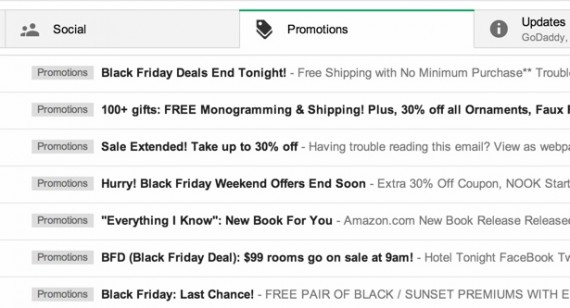
Much has been made about the new Gmail interface and it's implications on email delivery / readership. Gmail now organizes emails algorithmically (Primary, Social, Promotions and Updates). This effectively filters emails from brands and commerce providers into sub-folders like Promotions and Updates. And while it is consumer friendly (I much prefer it) - it has significant implications for on commercial providers.
There are some good pieces about those effects - including from MailChimp who claims that open rates across their network drooped from 13% to 12%. Litmus did a similar study and noted a 7.75% decrease in Gmail open rates.
Perhaps that is why Bonobos sent the following email over the weekend. Instead of merchandising new products or a sale - the emails's primary (and only!) purpose is to have recipients move Bonobos into the Primary inbox.
Not only is that savvy - it is proof of how important email is to merchants... and how important these interface changes can be.

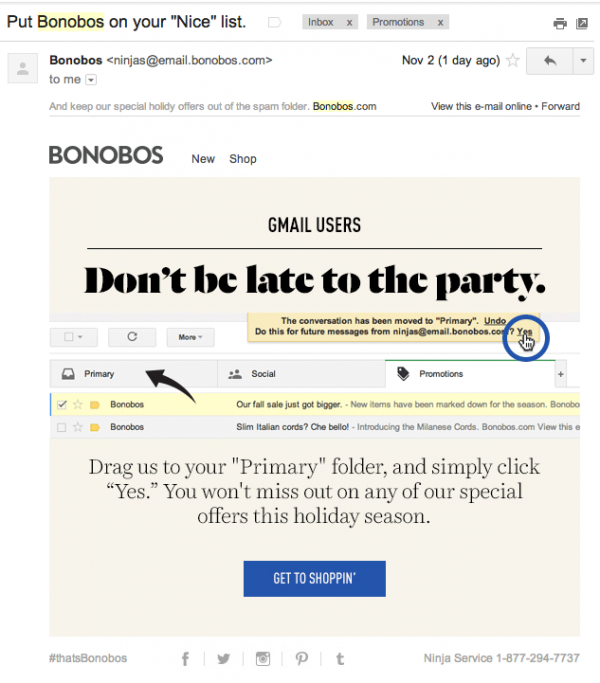

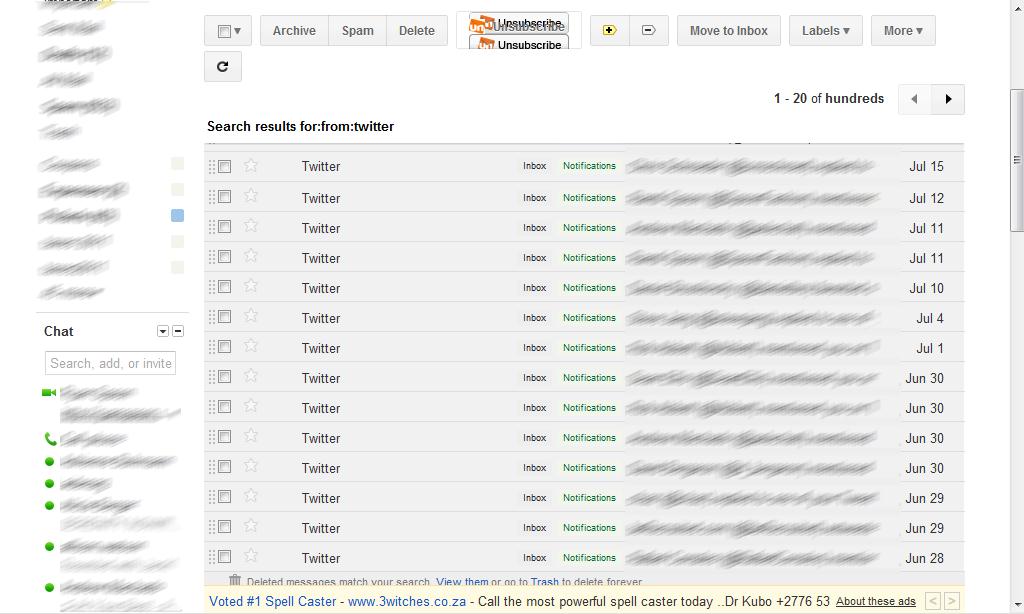
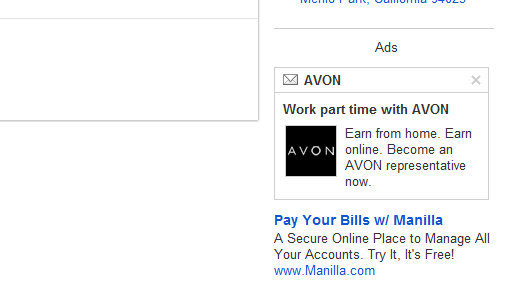
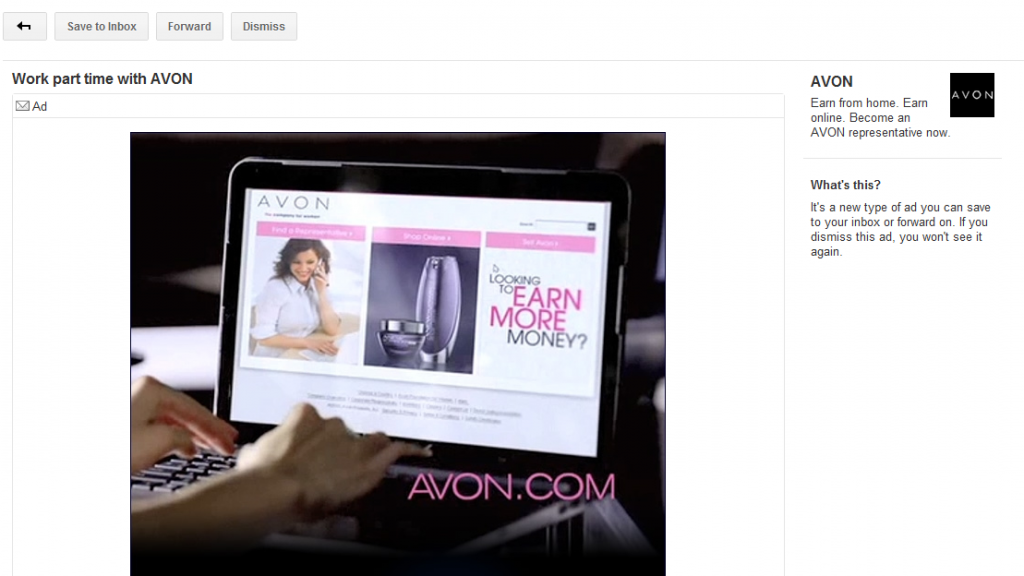
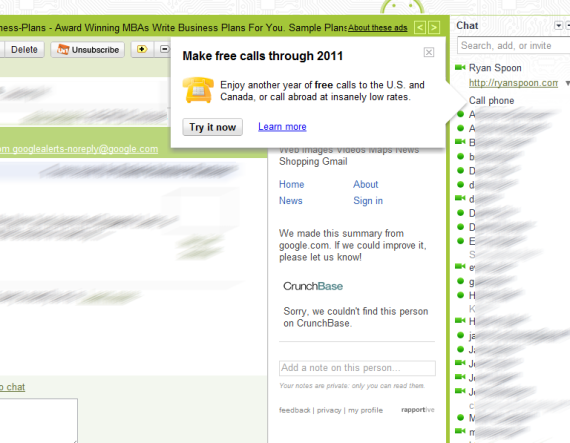

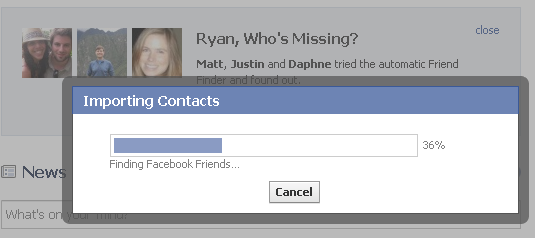
 Here is the solution I have gone with (at least thus far). It shows just how frustrated I am - since it is a lot of work - and, to
Here is the solution I have gone with (at least thus far). It shows just how frustrated I am - since it is a lot of work - and, to 